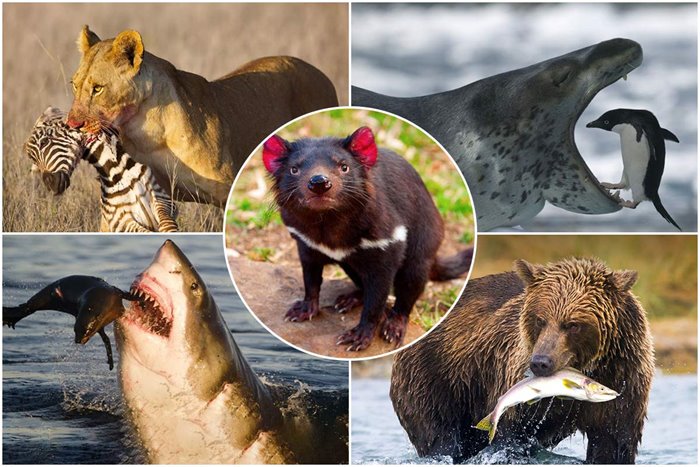Know The Most Predatory Predators Of The Animal Kingdom
Have You Ever Heard Of Top Predators? In This Article, As The Ultimate Predator At The Top Of The Food Pyramid, You Will Get To Know The Most Predatory Predators In The Animal Kingdom.
The predator at the top of the food pyramid is a predator that, when it reaches puberty, is at the top of the food chain, and other animals will not be able to hunt it.
Man can be considered the ultimate predator at the top of the food pyramid; Because it is the only organism that not only can hunt all other predators at the top of the food pyramid of the Earth but also can destroy the animals that use it.
These top predators often have large home ranges and low population density, so human intervention and encroachment on predators’ habitats can threaten their survival.
Predators at the top of the food pyramid play critical ecological roles.
They help regulate prey populations and change prey behavior to benefit other species.
Recent research has concluded that our Paleolithic ancestors were top hunters. When the large populations of predators our ancestors hunted began declining, humans began domesticating animals and farming.
Some scientists describe modern humans as super-predators due to the high rate at which humans kill terrestrial carnivores (up to 9 times more than natural predators).
Man’s use of technology, his habit of illegal hunting for reasons other than food, and his desire to consume adult animals have made him a destructive force in the animal kingdom.
Now that you are familiar with the concept of the predator at the top of the food pyramid, we invite you to see 16 of the most predatory ones.
killer whale

Orcas or killer whales are a rare combination of fearsome predators and charismatic marine mammals. These large, black and white members of the dolphin family live in all oceans of the world. Orcas are highly social and have complex forms of communication.
The weight of adult orcas reaches six tons. An adult orca can consume 45 kg of food per day. The killer whale’s varied diet includes jaws, sea lions, smaller whales and dolphins, fish, sharks, squid, turtles, seabirds, and otters. Killer whales hunt in groups. They chase prey in groups to tire it out. These large and cruel whales often target baby whales, separating them from their mothers and drowning them.
great white shark

Because of its powerful jaws, the great white shark is considered a ruthless but unintelligent predator and a threat to humans; But reports of this type of shark attack on humans are rare. Scientists recognize great white sharks as intelligent, curious, and social creatures that orcas fear. White sharks have a wide range in temperate and subtropical oceans. They hunt marine mammals and feed on turtles and seabirds. One common hunting strategy involves getting under the prey directly and swimming after it to attack from below. Since the middle of the 20th century, the population of white sharks has been dramatically reduced due to the pressure caused by humans.
Tiger
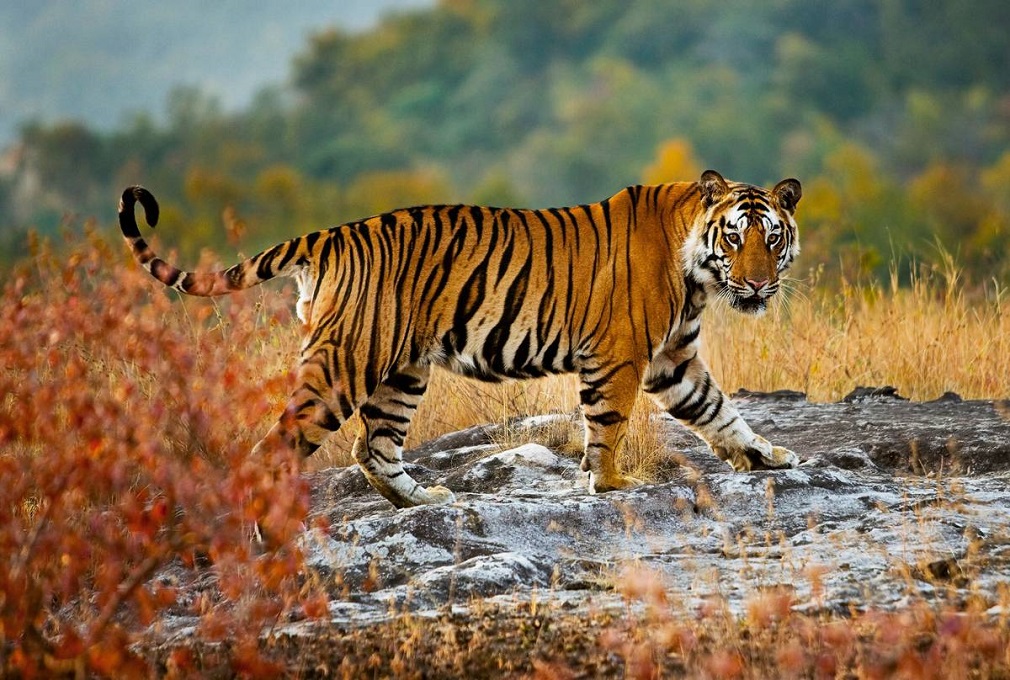
Tigers usually hunt alone at night. They rely primarily on sight and sound to detect prey. A tiger’s diet includes deer, buffalo, goats, leopards, wild boars, elephants, crocodiles, and birds. Tigers cut the spinal cord of smaller prey by biting the back of their neck. By grabbing the throat of larger prey, they damage their nostrils and cause the game to suffocate. Human encroachment and poaching have decimated tiger populations throughout Asia and the Middle East.
polar bear

Polar bears are rarely far from sea ice. They prey on jaws and other small mammals, fish, and seabirds and feed on the carcasses of jaws, lionfish, and whales. The ring jaw is one of the favorite prey of polar bears.
As climate change melts the Arctic sea ice, polar bears risk losing their habitat and hunting ground. Polar bears lurk over crevasses in the ice to hunt for jaws that come to the surface to breathe. If the jaws are resting in the sun, the bears swim under the ice to surprise them by jumping out of a nearby crevasse.
Bald Eagle
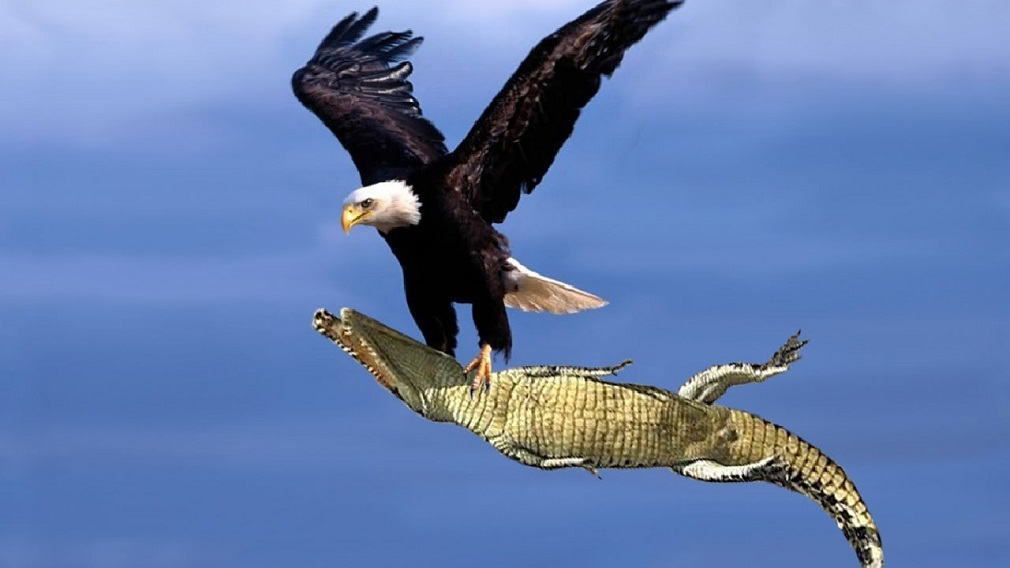
Once endangered due to hunting and pesticides, the bald eagle is today a success story in conserving natural resources. These powerful birds are one of the largest species of birds of prey in North America. They live near rivers, lakes, and oceans to hunt fish, But they have a varied diet that includes waterfowl and small mammals such as squirrels, rabbits, and baby sea otters.
Bald eagles look for their prey while flying in the sky or sitting at a height and then catch the game with their sharp talons. In addition to hunting, these large birds feed on animal carcasses or steal the competition of other birds.
Saltwater crocodile
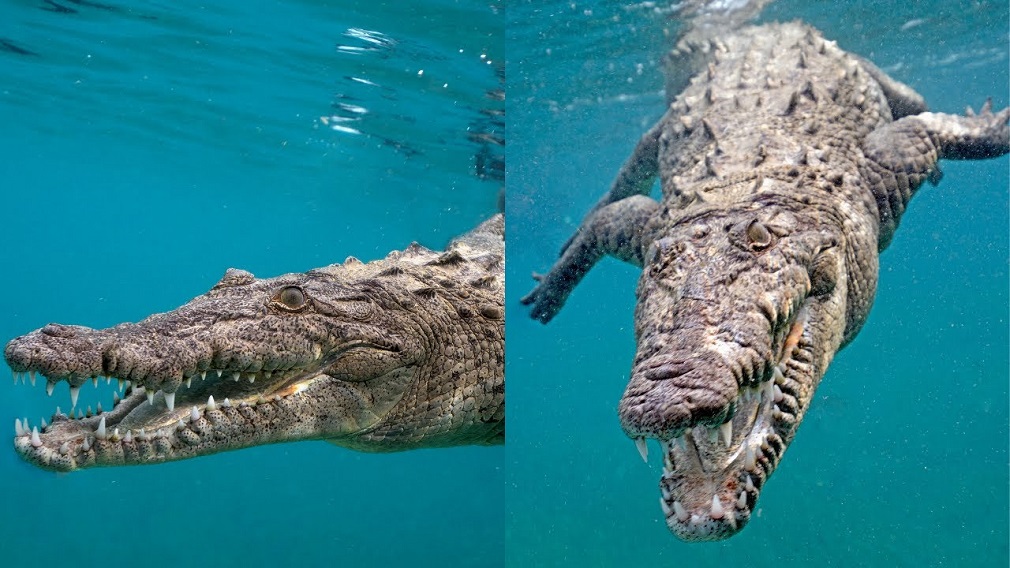
Over 6 meters in length, saltwater crocodiles are the world’s most giant living reptiles. They live near the coasts of northern Australia, New Guinea, and Indonesia, But they are also found in Sri Lanka, India, Southeast Asia, Borneo, and the Philippines. When hunting, the crocodile dives above the surface of the water so that only its eyes and nostrils are visible, then it sits waiting for prey as small as a crab, turtle, or bird and as large as a monkey, buffalo, or boar. This animal kills the target and eats it underwater by leaping toward the game and a decisive blow with its massive jaws.
African lion
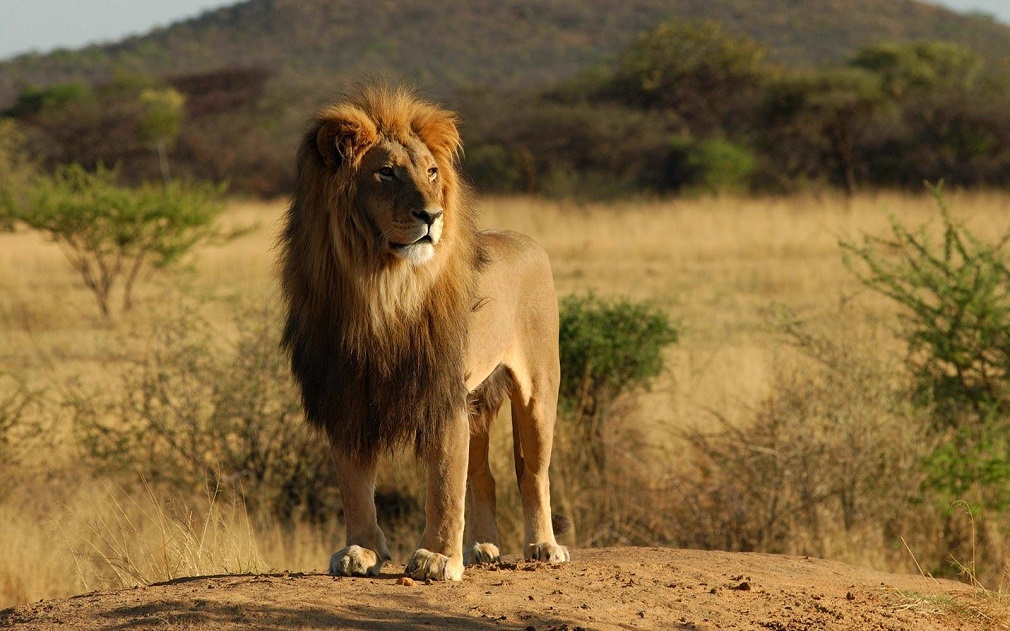
In addition to South Africa, the African lion once lived in Southwest Asia and North Africa. Lions live in plains or savanna, But they can also be found in forests, semi-desert, and mountain habitats. Lions live and hunt in herds, But hunting is done alone and usually by the female lion by suffocating or breaking the prey’s neck. If the big game is unavailable, lions will eat birds, rodents, fish, ostrich eggs, amphibians, and reptiles, or they will be forced to eat carrion. Baits vary by location, But they include elephants, buffaloes, giraffes, gazelles, impalas, wild boars, and wild animals.
Komodo dragon

Komodo dragons are native to the small Sunda region of Indonesia and, typically, the low-elevation areas of the tropical savannah. These dark brown lizards can weigh 134 kg and be 3 meters long.
Their regular diet is carrion, But Komodo dragons will attack large prey, including goats, pigs, deer, wild boar, horses, water buffalo, and even smaller Komodo dragons. They ambush their prey and then bite the target, inject a strong poison into its body and chase it until the animal surrenders. These wild creatures can eat up to 80% of their body weight in one meal.
snowy Tiger
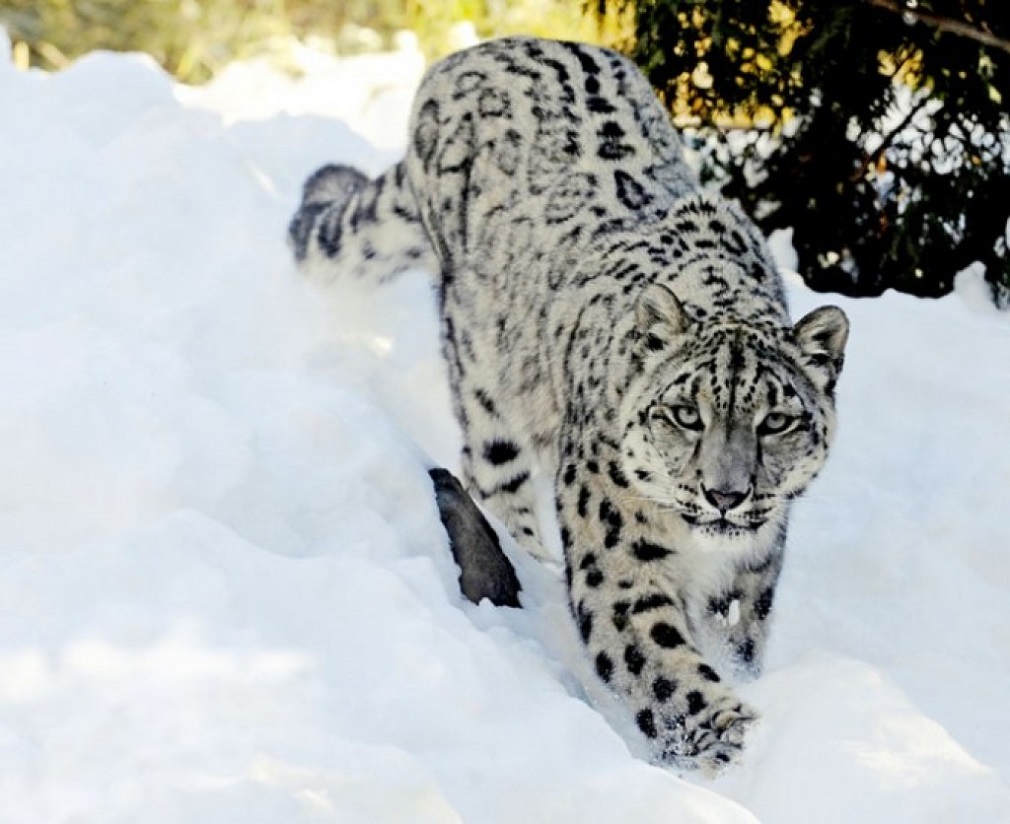
The grizzled snow leopard has evolved to survive in some of the harshest environmental conditions on Earth in the high mountain ranges of Central Asia, including the Himalayas, Bhutan, Nepal, and Siberia. The snow leopard’s long tail helps it balance on rocky and steep terrain. Its furry feet act as snowshoes, and its powerful hind legs enable it to jump several times its body length.
Snow leopards hunt various mammals, including antelope, gazelle, buffalo, and smaller mammals and birds. These beautiful leopards are endangered due to habitat loss and illegal hunting.
grizzly bear
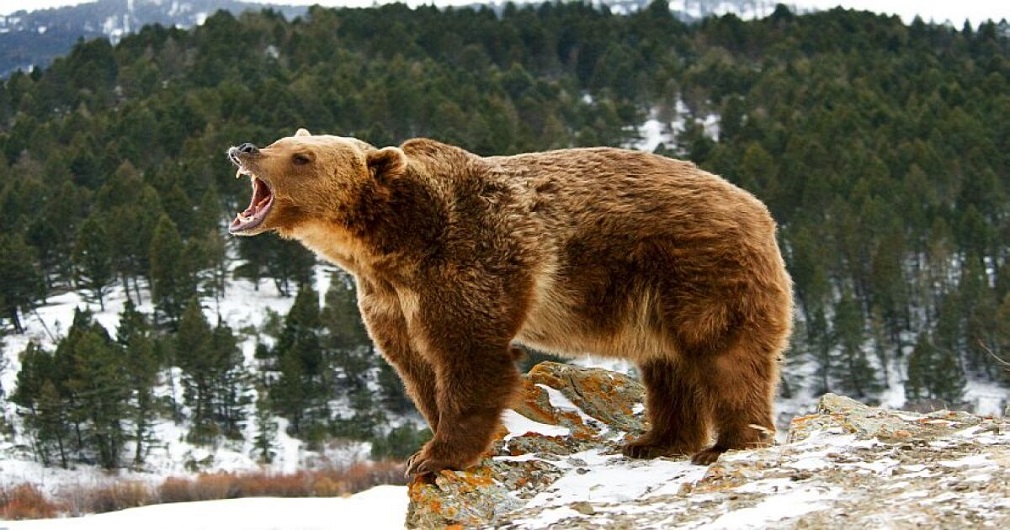
Once widespread throughout western North America, grizzlies are now listed as an endangered species. Today, the Greater Yellowstone Ecosystem and northwestern Montana are the only areas in southern Canada that still harbor large populations of grizzlies.
Grizzly bears are omnivores and feed on a varied seasonal diet, including rodents, insects, fawns, roots, pine nuts, and forage. They also feed on the carcasses of large mammals such as deer and buffalo. Grizzlies eat voraciously during the summer and early fall to store fat to survive the cold months of hibernation, when their body temperature, heart rate, respiration, and metabolism slow.
Dingo

Dingo lives in the plains, forests, mountains, and deserts of western and central Australia, But the evidence shows that it originated in Southeast Asia. Today, dingoes are found in Thailand, Myanmar, Laos, Malaysia, Indonesia, Borneo, the Philippines, and New Guinea.
Dingoes hunt small game such as rabbits, mice, and shrews alone, But they chase larger prey such as kangaroos, sheep, and cows in pairs. Dingoes also eat birds and reptiles and feed on animal carcasses. Livestock makes up only a tiny part of the diet of many dingoes.
Tasmanian Devil
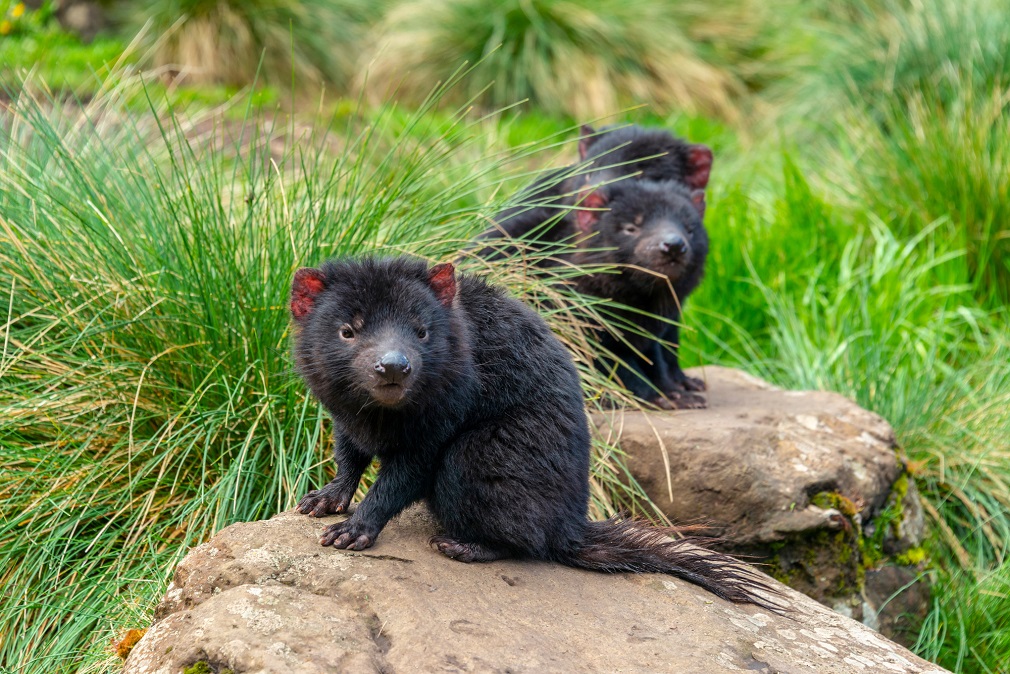
Unlike most apex predators, Tasmanian devils are solitary creatures that feed on the carcasses of larger prey, including wombats, rabbits, and wallabies. Following the extinction of the Tasmanian Tiger in 1936, Tasmanian devils are at risk of death due to the spread of a contagious disease called devil facial tumor. Recently, a conservation program has returned Tasmanian devils to the Australian continent after 3,000 years. It is hoped that increasing their numbers can help control the population of wild cats and non-native foxes.
Leopard jaw
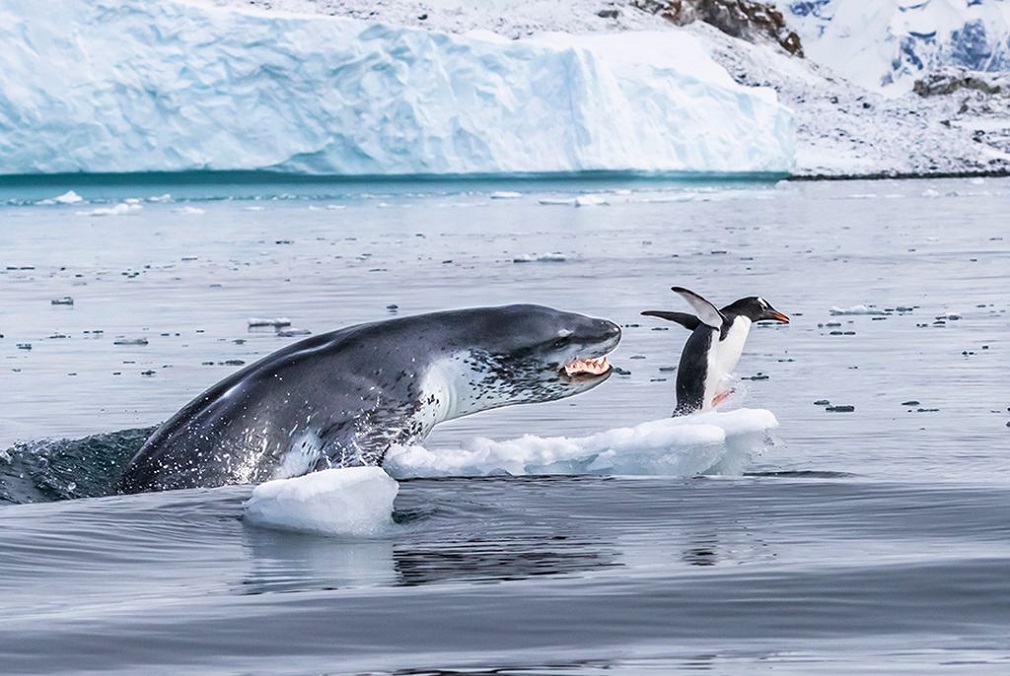
The leopard jaw, the enormous jaw in Antarctica, feeds mainly on krill; But it also hunts penguins, fish, other jawed species, and squid.
The leopard’s jaw is 3 meters long and can swim up to 40 kilometers per hour and dive to a depth of 76 meters in pursuit of prey, which makes it a terrible and powerful predator. The leopard’s jaw catches the penguins with the help of its molars and peels them with a firm shake.
Fossa
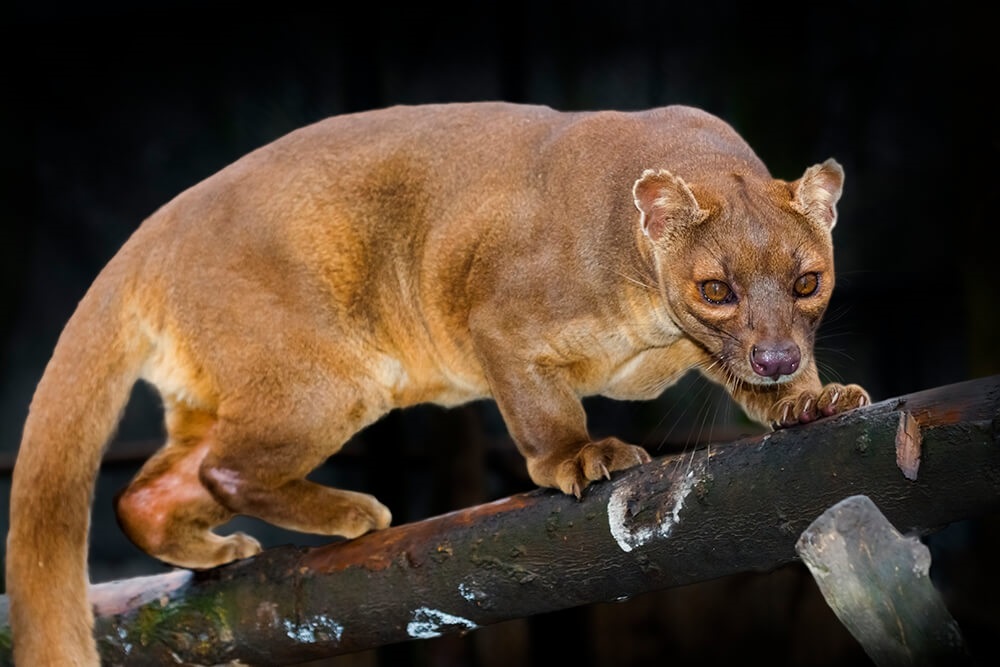
Native to Madagascar, fossa belongs to one of the under-studied endangered carnivore groups. This mysterious creature is similar to a cat, But it is more related to the Khadangs. Fossas hunt in packs and prey on small mammals, birds, reptiles, amphibians, and insects.
Lemurs are Fosa’s favorite prey, which they can chase from tree to tree thanks to their long tails and retractable paws. Threatened since 2000, the fossa’s habitat is increasingly fragmented by deforestation. As fossa is considered a threat to poultry and small livestock, they are killed by people when they enter villages.
Harpy eagle

The harpy eagle has striking black eyes, fluffy gray feathers around the face, and long black feathers on the crown of the head that rise when it senses danger. This animal is one of the giant eagles in the world, with a height of more than one meter and a wingspan of almost two meters.
Neotropical rainforest species, these eagles primarily prey on sloths and monkeys. They can pick up lizards, birds, rodents, and even small deer using their claws, which are longer than grizzly bear claws. Unfortunately, deforestation and illegal hunters have endangered this species of eagle.
Burmese Python

Can invasive species become predators at the top of the food pyramid? Escaped Burmese pythons in Florida’s swamps have caused a sharp decline in some native species and changed the local food web in an already threatened ecosystem by pollution and climate change. Still, their numbers are declining in their native region of Southeast Asia.
A Burmese python coils around the prey by jumping toward it and kills it by exerting pressure. With the help of solid contractions, it brings the animal to the stomach through its mouth and retractable esophagus. Finally, strong stomach acids and enzymes break down the prey. Pythons can swallow prey several times their size, including deer and alligators.
***










